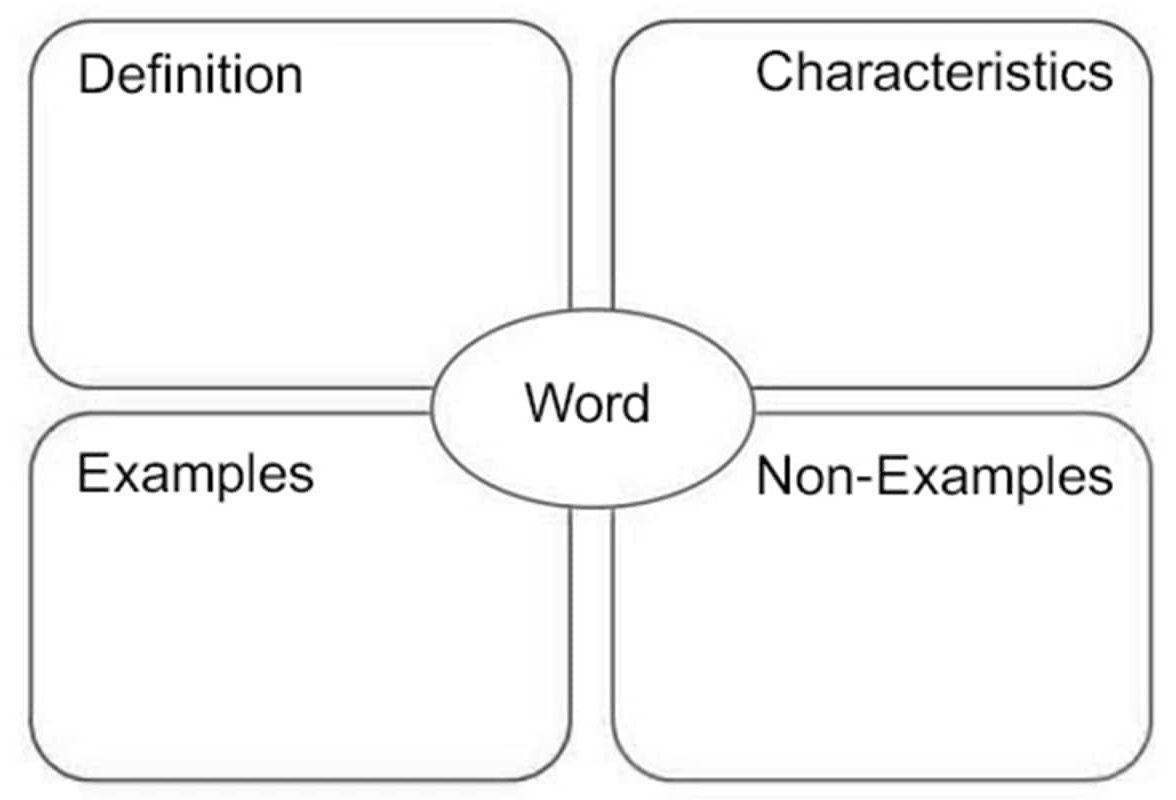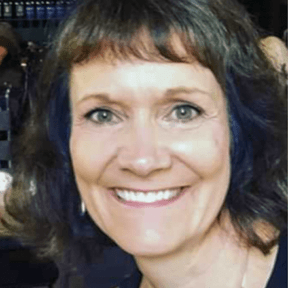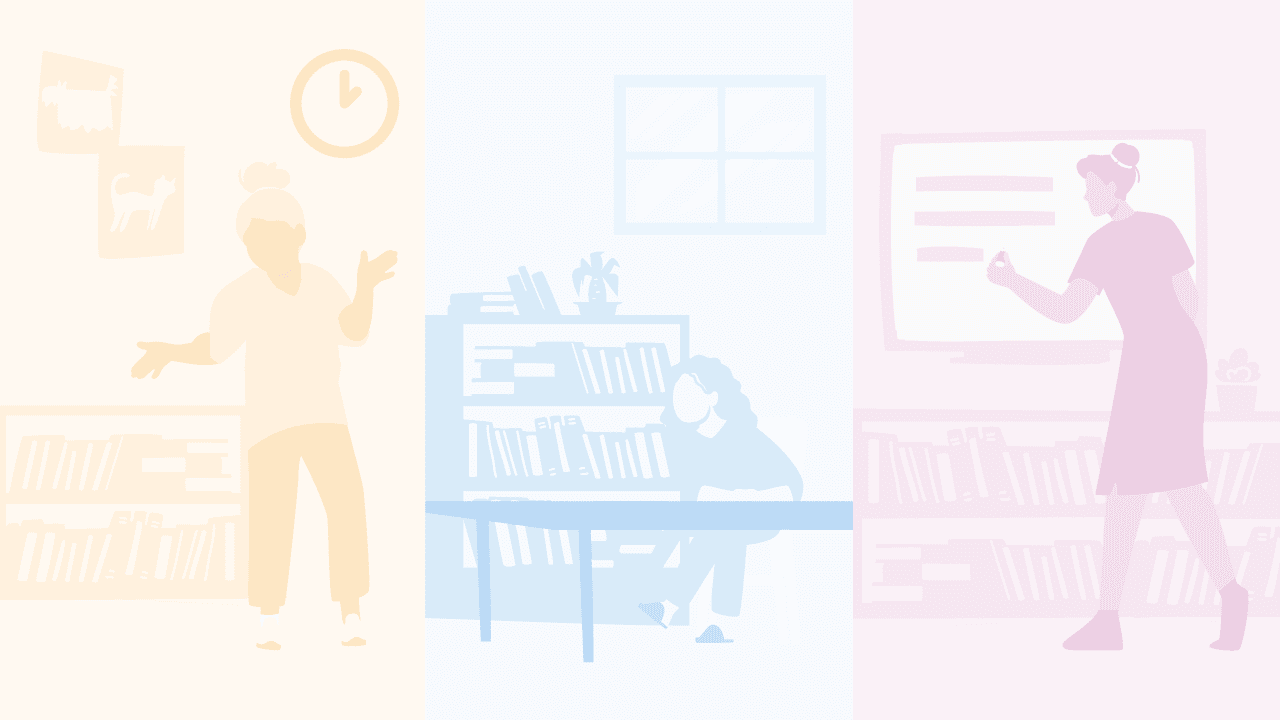When working with students, I like to see movement in the room, whether it is the classroom, resource room, or speech therapy room. Using the Frayer Model allows for student movement while working! One of my preferred movement activities involves putting large sticky notes on a wall. Each represents one of the squares in the Frayer Model. The students make a notation on each. They then move from one sticky note to the next, adding their information. This allows students to view one another’s work and learn from each other.
As you can see, the Frayer Model is also a great tool for students to use collaboratively. We may refer to that as collaborative learning—a lifelong skill! Given these benefits, you may wonder, “What is the Frayer Model?” It is a graphic organizer used for word analysis and vocabulary instruction.

How did the Frayer Model come about?
One must give credit to the developers of the Frayer Model: Dorothy Frayer and her colleagues at the University of Wisconsin. In 1969 they wanted students to learn vocabulary more efficiently. Dorothy and her team developed their model to support students through comprehensive, engaging, and ultimately successful word analysis.
How does the Frayer Model engage students?
The Frayer Model represents vocabulary through multiple means. Students begin with a single vocabulary word written in the center. They are to write the definition of the word, identify antonyms and/or synonyms, and add graphics, an illustration, and/or photo representation in each of the four squares that surround the vocabulary word.
Research shows that the concept of using multiple modalities where students are able to hear, visualize, and take part in a hands-on vocabulary experience. The literature provided by The Center for Applied Special Technology (CAST) is effective the idea that the more sensory engagement a student has, the greater their learning experience.
Does it address different modes of learning?
The Frayer Model adapts to various modes of learning preferences. It supports visual, auditory, kinesthetic, and a combination of learning styles. In this model students define targeted vocabulary and apply their knowledge using higher-order thinking by generating examples and non-examples (synonyms and antonyms), noting specific characteristics, and/or providing an illustration to define the vocabulary word.
How do I incorporate the Frayer Model into instruction?
When using the Frayer Model, the focus should be on leading students to clarify their understanding of vocabulary and to develop their ability to use words within the correct context. Methods may range from no-tech format, such as paper and pencil, to high-tech format, such as Microsoft Word, various text applications, or Google Docs.
Who may benefit from this model?
All students, grades K–12, benefit from the Frayer Model since it addresses a variety of learning preferences. Students who are visual learners will gravitate toward the visual input that the four-square outline provides for them. Students who are auditory learners will prefer hearing the definition and other audio options presented through the model. Kinesthetic learners will appreciate the opportunity to illustrate their learning and understanding.
Below are a few options to consider for using the Frayer Model:
- Introducing a new vocabulary word
- Studying various characters within a story
- Identifying target vocabulary words within a chapter book
- Studying and reviewing for a vocabulary test
- Expanding upon higher-order thinking through illustrations
The most important characteristic of the Frayer Model is that it addresses higher-order thinking and creativity. Students are able to become independent with this model, as it provides an excellent strategy for teaching, learning, and expanding one’s receptive language skills.


